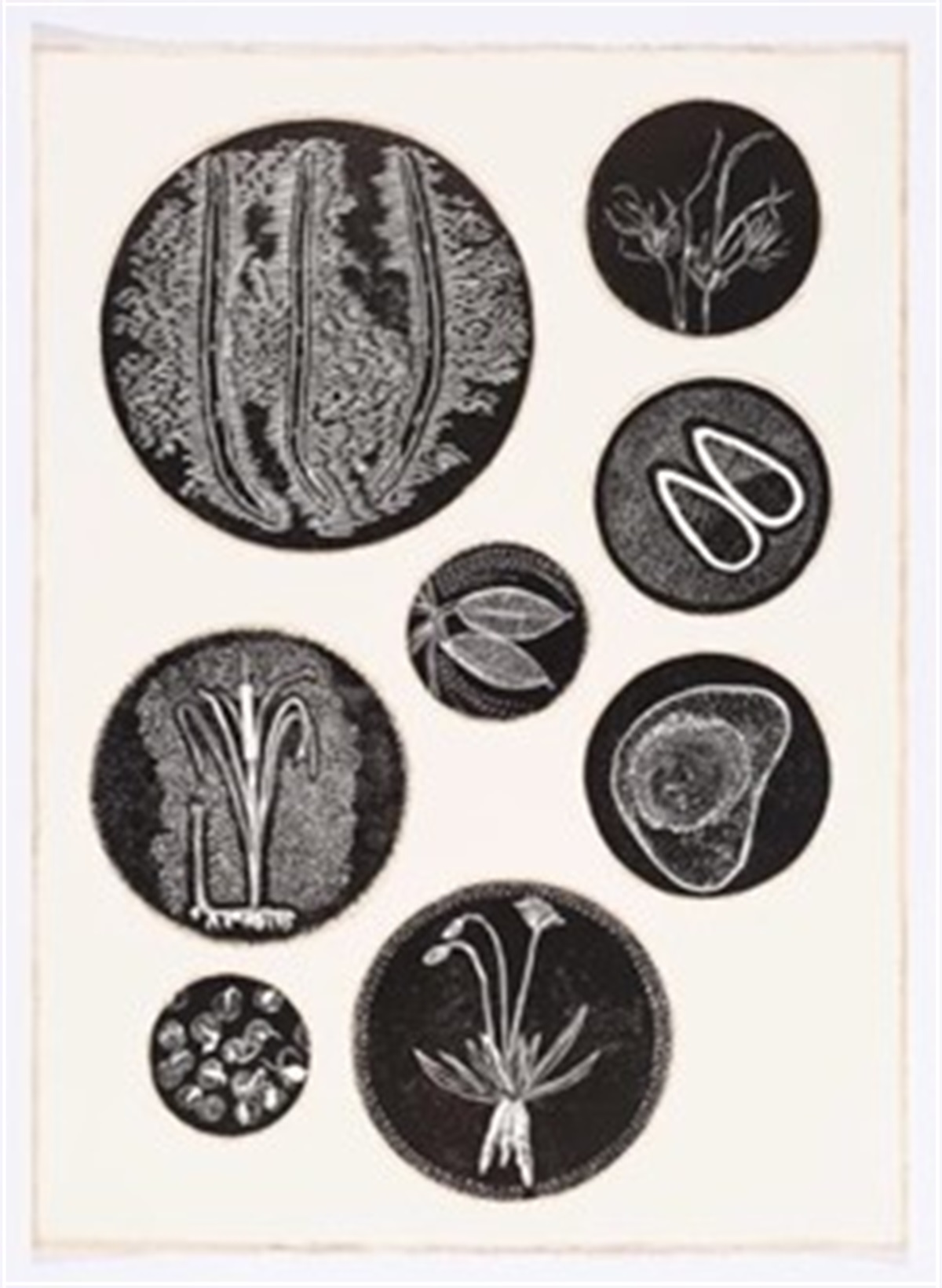Researchers in the Horticulture Section of the School of Integrative Plant Science at Cornell University, led by Gregory Peck, Associate Professor of Horticulture, Sustainable Fruit Production Systems are working to address the challenges of sustainably and profitably producing fruit trees. The team developed a partial budget model, which is also available as a plug-and-play tool online, comparing the costs of using small, medium, and large capacity mechanical harvesting machinery to hand harvesting over the expected 30-year lifespan of the machinery. Sensitivity analyses were used to test the cost differential for using each piece of machinery on varying orchard sizes and to model changes in labor costs.
The findings show that with appropriately sized equipment, farmers can effectively reduce harvesting costs in comparison to hand harvesting on orchards as small as five acres. Increasing orchard size resulted in greater returns from mechanical harvesting for all harvester models. Thus, medium and large capacity harvesters offered the greatest reductions in harvest costs, reducing cumulative costs by more than 50% in comparison to hand harvesting. While profitable at current labor rates, mechanical harvesting became even more profitable under scenarios of increasing wages. This study demonstrates the potential for mechanical harvesting to reduce cider apple growing costs across a wide range of orchard scales. Future work comparing the work capacity, efficiency, and fruit quality of mechanically versus hand harvesting apples using a range of machinery and orchard designs will help to provide direct evidence for the cost savings of using mechanical harvesters in cider apple orchards.
As the North American cider industry expands, mechanical harvesting offers an opportunity for apple growers to more efficiently and cost effectively harvest their crops while alleviating some of the strain of an uncertain labor market.
The complete article is available on the HortTechnology electronic journal website at:
https://doi.org/10.21273/HORTTECH04988-21
Established in 1903, the American Society for Horticultural Science is recognized around the world as one of the most respected and influential professional societies for horticultural scientists. ASHS is committed to promoting and encouraging national and international interest in scientific research and education in all branches of horticulture.
Comprised of thousands of members worldwide, ASHS represents a broad cross-section of the horticultural community – scientists, educators, students, landscape and turf managers, government, extension agents and industry professionals. ASHS members focus on practices and problems in horticulture: breeding, propagation, production and management, harvesting, handling and storage, processing, marketing and use of horticultural plants and products. To learn more, visit ashs.org.








